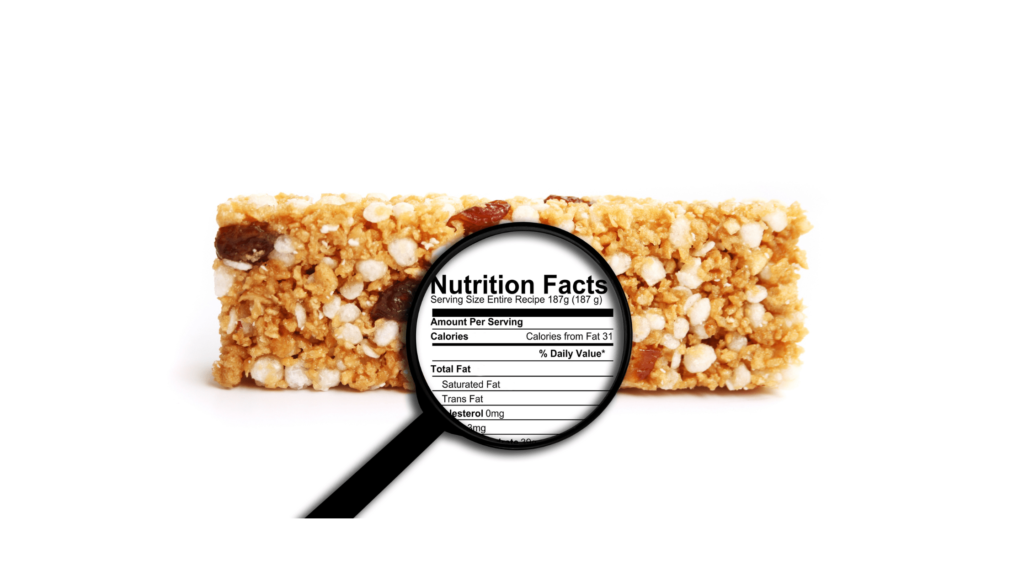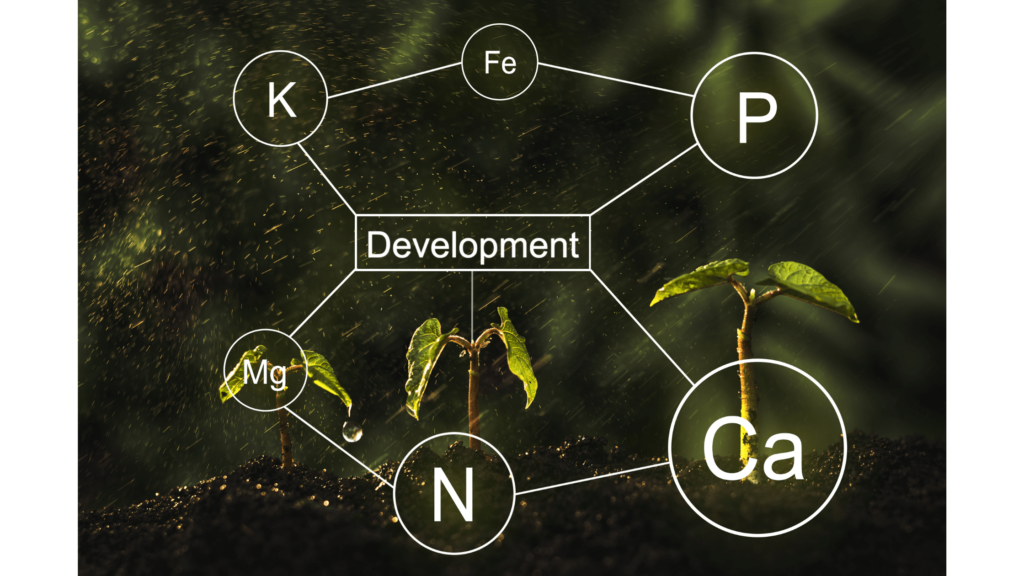Malnutrition: A Holistic Overview, The Role of Bad Diet
Malnutrition is a condition that results from an inadequate or unbalanced diet.
It is characterized by either insufficient intake of nutrients, such as empty calories, micronutrient deficiency, including nutrient quality or an excess of nutrients, also known as overnutrition and undernutrition.
Nutritional factors have a substantial impact on health and wellbeing in various ways, including unhealthy weight gain or loss and the development of chronic long-term issues such as hormonal imbalances and cardiovascular problems.
Similarly, from a classical scientific perspective, malnutrition is studied in terms of specific nutrient deficiencies and their impact on the body.
Holistic sciences, consider malnutrition within the broader context of overall well-being, taking into account not only nutrient intake but also factors such as lifestyle, environment, and mental well-being.
For instance, the preparatory and cooking methods of foods and categories of foods such as whole foods can impact the quality of nutrition.

This article examines malnutrition from a holistic overview and common issues in developed regions.
Malnutrition
Ancient Scriptures: Ancient texts from civilizations such as Egypt, Greece, and India contain descriptions of signs and symptoms related to malnutrition and the importance of proper nutrition for health. For example, the Ayurvedic texts of India and others.
Modern day: The term “malnutrition” originates from the Latin words “malus” and “nutrition” which means “bad,” and “nutrition” or “bad diet.” As described since the mid-19th century to refer to pathological conditions resulting from inadequate or unbalanced diet.
Popular Context: In popular terms, it is typically associated with underdeveloped or economically poor countries. Implying scarcity, lack of awareness or shortage of food sources. However malnutrition encompasses developed and western regions too.
Holistic Sciences: In holistic or integrative sciences, malnutrition encompasses a variety of conditions resulting from inadequate nutrition. Treatment approaches often include personalized diets and lifestyle adjustments tailored to individual needs. It is also categorised as a root cause of several counterproductive effects on well-being.

Subsets of Malnutrition
The term “malnutrition” is an umbrella term that encompasses several facets.
These include, overnutrition, undernutrition, and micronutrient-related deficiencies and these may also be prevalent in middle-income countries and developed regions.
Further, these categories involve sub categories such as, obesity related to overnutrition, underweight related to undernutrition etc.
Statistical Figure: To add further context, data suggests that, in 2022 approximately 2.5 billion adults are overweight as opposed to 390 million who are underweight. (source: https://www.who.int/news-room/fact-sheets/detail/malnutrition).
In holistic sciences, psychological aspects like emotionally driven choices are also taken into account when considering malnutritional eating.
Diet related non-communicable conditions
Additionally, diet related non-communicable diseases are health issues that may be associated to diet and lifestyle.
Non-communicable diseases (NCDs) are health conditions that are not transmissible directly from one person to another. These diseases typically have a slow progression and are long-lasting. They may include, cardiovascular issues, cancer, chronic respiratory diseases, and diabetes. And are often associated with lifestyle factors such as diet, physical inactivity, and tobacco and alcohol use.
With unhealthy diets and poor nutrition being among the top risk factors for these diseases globally.
A good example of a non communicable condition is high cholesterol levels due to bad diet leading to hyperlipidemia. Similarly, obesity and nutrient deficiencies are examples of malnutrition that can be observed even in developed countries.

Eating In Developed Regions & Processed Food
In developed countries today, malnutrition remains relevant despite an abundance of food. Issues around poor eating habits, lack of understanding, consumer choices, nutrient jargon, food insecurity, and imbalanced diets.
Malnutrition in economically advanced regions is problematic and a reflection of its effects are the numbers of non communicable chronic health imbalances that are prevalent.
For instance, according to Wambogo et al. (2020), “Excess body weight, poor diet, and sedentary behavior have been associated with an increased risk of many chronic diseases, including hypertension, dyslipidemia, type 2 diabetes, as well as depression, poor self-esteem, and associated quality of life issues.”

The following section will explore three subsets of malnutrition: micronutrient-related malnutrition, overnutrition, and undernutrition.
1. Micronutrient-related malnutrition
Micronutrient-related malnutrition refers to inadequacies, deficiencies or excesses of essential vitamins and minerals that are required in balanced quantities for the proper functioning of the body.
Holistic View: In a holistic context, addressing micronutrient-related malnutrition involves promoting a balanced and diverse diet that includes a variety of whole foods rich in essential nutrients. Holistic approaches also focus on factors such as lifestyle, stress management, and overall well-being to ensure optimal nutrient absorption and utilization by the body.
Developed Regions: In developed countries, micronutrient-related malnutrition can be prevalent due to several reasons, including poor dietary choices, fad diets, soil depletion, and overconsumption of certain nutrients.
Example: An example of micronutrient-related malnutrition in developed countries is iron deficiency anemia, which remains prevalent despite the abundance of food due to poor dietary choices and suboptimal nutrient absorption.
According to Hegazi, Miller, and Sauer (2024), “Deficiency or lack of homeostasis of important micronutrients is another form of malnutrition that has major impacts on everyday performance, intellectual and emotional condition, as well as physical health.”
Muscle Mass & Malnutrition
Hegazi, Miller, and Sauer (2024) also suggest that, integrating muscle loss as a diagnostic marker of malnutrition is an important step forward as it highlights the vital role of muscle not only as a structural organ but also for its endocrine, metabolic and immunological functions, and that muscle loss can occur independent of overall body weight (e.g., sarcopenic obesity) making body mass index (BMI) alone as inaccurate marker of overall nutrition health.”
Given the complexity of muscle mass analysis and the potential influence of various underlying factors, it is crucial to seek professional analysis and consider evaluating a range of biomarkers.
Overnutrition is another subset of malnutrition that we will consider next.
When energy intake exceeds expenditure,
Romieu et al. (2017)
the excess energy is deposited as body tissue
2. Overnutrition
Malnutrition can manifest as obesity and related health problems resulting from excessive calorie intake but inadequate nutrient absorption. For example, consumption of refined sugars is a major player in weight related issues.
Furthermore, fast food in developed countries also play a major role in development of unhealthy weight gain.
Overnutrition, from a holistic point of view, is not just about the excessive intake of nutrients; it also encompasses the overall impact on the individual’s physical, mental, and emotional well-being.
Sugar—especially combined with starchy, fatty and salty food—activates addiction pathways in the brain. Drugs of addiction are similar to neurochemicals in the primordial reward system for acquiring high-energy food — (Mcgill, A. (2014). The sugar debate and nutrition: Obesity and ‘empty calories’. The New Zealand medical journal, 127, 6-11).
Example
An example of overnutrition; consuming large amounts of sugary drinks, fast food, and high-calorie snacks, along with a diet high in saturated fats and low in fruits and vegetables.
This pattern of eating can lead to excessive calorie intake, weight gain, and an increased risk of developing obesity-related health conditions such as type 2 diabetes, cardiovascular diseases, and metabolic disorders.
3. Undernutrition & Empty Calories
Additionally, undernutrition refers to an inadequate intake of essential nutrients, resulting in health imbalances and it may impair physical and cognitive development.
Empty calories are foods and beverages that provide excess calories from added sugars or solid fats with little to no nutritional value. Consuming too many empty calories can lead to weight gain and nutrient deficiencies.
When individuals consume excessive empty calories without meeting their requirements for essential nutrients, they may experience undernutrition despite consuming enough calories.
Furthermore, an energy-rich and nutrient-poor diet might lead to “hidden hunger” condition, which is characterized by micronutrient inadequacies despite having sufficient or excessive amount of calories, Kiani et al. (2022).

Adding to the former three subsets of malnutrition, in terms of a holistic view, the “quality” of nutrition also plays a significant role in good nutrition.
Good nutrition is the opposite of malnutrition, representing a state of balanced and optimal nutrition. A diverse and personalized diet, rich in bioactive compounds from whole foods, plays a key role in achieving well-nutrition.
Furthermore, whole food sources are subject to food matrix effects which cannot always be achieved from an isolated source.

The Importance of Natural Diets
Similarly, holistic sciences emphasize natural diets that include whole sources, freshly prepared, naturally grown, and seasonal foods as some of the best for good nutrition. This approach aims to achieve optimal states of nutrition based on individual needs since no two persons are the same.
For instance, Ayurvedic sciences consider complete meals such as Khichdi or lentil-based super soups to provide high-quality nutrition when tailored to individual needs.
Additionally, prioritizing micro-nutrients from whole food sources over synthetic production is recommended, as natural foods tend to be more body-friendly.
Today, several reputable sources recognize that blood sugar imbalances can improve when a systematic and well-balanced diet is reintroduced as part of a treatment plan. This is an approach that holistic and classical sciences have maintained a long-standing relationship with.
Summary
To summarise, the impact of nutrition on overall health is significant, encompassing aspects such as weight management and the development of chronic issues.
This article provides a holistic overview of malnutrition and common issues in developed regions. It also explores subsets of malnutrition, such as micronutrient-related malnutrition, overnutrition, and undernutrition. In developed countries, poor dietary choices, fad diets, and overconsumption of certain nutrients contribute to malnutrition.
The importance of natural diets and whole food sources is emphasized in achieving optimal nutrition based on individual needs.
Numerous reputable studies have acknowledged the prevalence of malnutrition even in developed and economically advanced regions.
References & Data
- Reedy J, Krebs-Smith SM. Dietary sources of energy, solid fats, and added sugars among children and adolescents in the United States. J Am Diet Assoc. 2010 Oct;110(10):1477-84. doi: 10.1016/j.jada.2010.07.010. PMID: 20869486; PMCID: PMC3428130.
- https://www.who.int/news-room/fact-sheets/detail/malnutrition “Dietary Diversity and its Significance in Traditional Sciences and Modern Dietary Policies.” Accessed on 13 August 2024.
- Hegazi R, Miller A, Sauer A. Evolution of the diagnosis of malnutrition in adults: a primer for clinicians. Front Nutr. 2024 Feb 6;11:1169538. doi: 10.3389/fnut.2024.1169538. PMID: 38379550; PMCID: PMC10876842.
- Kiani AK, Dhuli K, Donato K, Aquilanti B, Velluti V, Matera G, Iaconelli A, Connelly ST, Bellinato F, Gisondi P, Bertelli M. Main nutritional deficiencies. J Prev Med Hyg 2022;63(suppl.3):E93-E101.https://doi.org/10.15167/2421-4248/jpmh2022.63.2S3.2752
- Mcgill, Anne-Thea. (2014). The sugar debate and nutrition: Obesity and ‘empty calories’. The New Zealand medical journal. 127. 6-11.
- Romieu I, Dossus L, Barquera S, Blottière HM, Franks PW, Gunter M, Hwalla N, Hursting SD, Leitzmann M, Margetts B, Nishida C, Potischman N, Seidell J, Stepien M, Wang Y, Westerterp K, Winichagoon P, Wiseman M, Willett WC; IARC working group on Energy Balance and Obesity. Energy balance and obesity: what are the main drivers? Cancer Causes Control. 2017 Mar;28(3):247-258. doi: 10.1007/s10552-017-0869-z. Epub 2017 Feb 17. PMID: 28210884; PMCID: PMC5325830.







